How to classify the Grade of Brazilian Coffee beans introduction to the characteristics of the grading system of Brazilian coffee beans
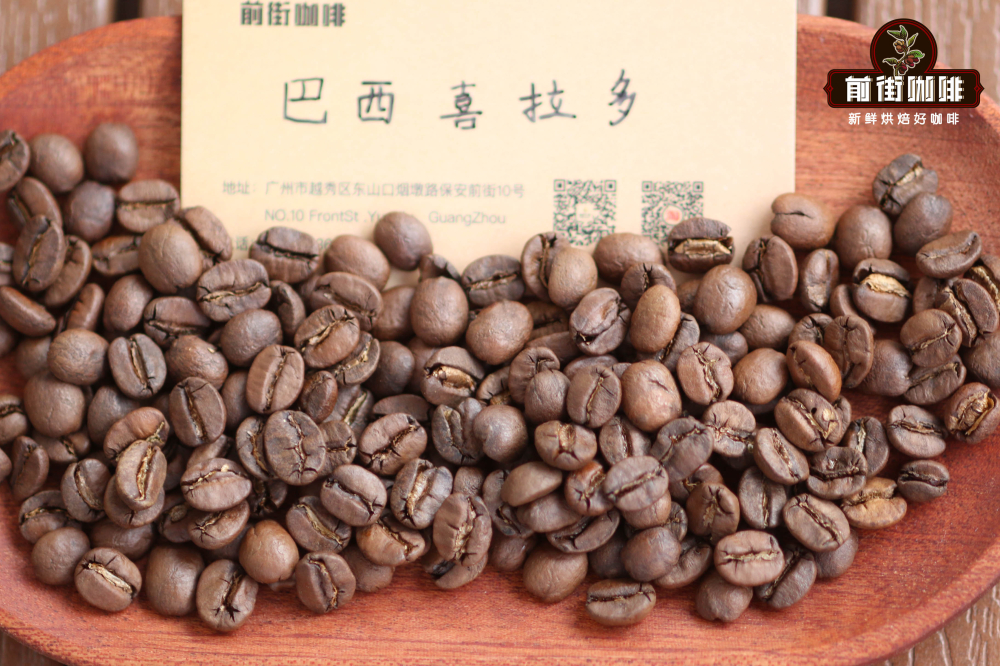
There are different ways to manage the origin of different coffee beans, some are composed of large and small farmers, some are dominated by professional business owners, even if the coffee in the same place, its quality and flavor are also different, in order to mark the quality of coffee, but also in order to make the transaction more convenient, so there is a "coffee classification." In front of this article, let's talk about the grading system of raw beans in Brazil, a big coffee country.
Brazilian coffee beans with full particles, mild aroma, moderate and smooth taste, is the representative of neutral coffee, can be extracted and tasted by hand, and can also be mixed with other coffee beans to make Italian coffee. As a big coffee producer, about 45% of the raw coffee beans in the world originate from Brazil and play an important role in the whole coffee market. Any factor that affects the coffee production in Brazil will have a corresponding impact on the global coffee price.
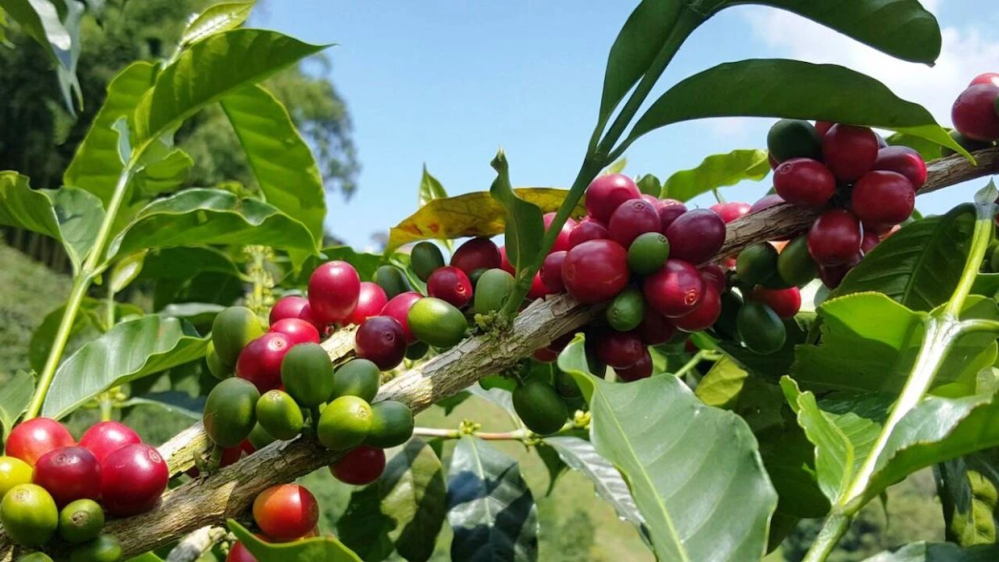
Brazilian coffee is grown at an average altitude of 600 million meters above sea level, which is much lower than that in neighboring Colombia. The local area is mainly low-altitude plain topography, in addition to a minority of the Brazilian plateau. The plain landform is very suitable for batch planting and management of coffee trees. When the coffee beans are ripe, most coffee farms will use machines to pick the coffee fruit directly from the same branch.
Brazilian coffee is produced in seven states, and Minas Gerais, which is located in the southeast, has the largest production, including four sub-producing areas, of which Herado is the first coffee producing area in Brazil to obtain Brazilian origin certification, and almost all the coffee produced is Arabica species with good flavor. As a mature coffee producing area, Hilado is the first area in Brazil to become coffee commercialization, and many exporters have invested in large-scale coffee plantations here.
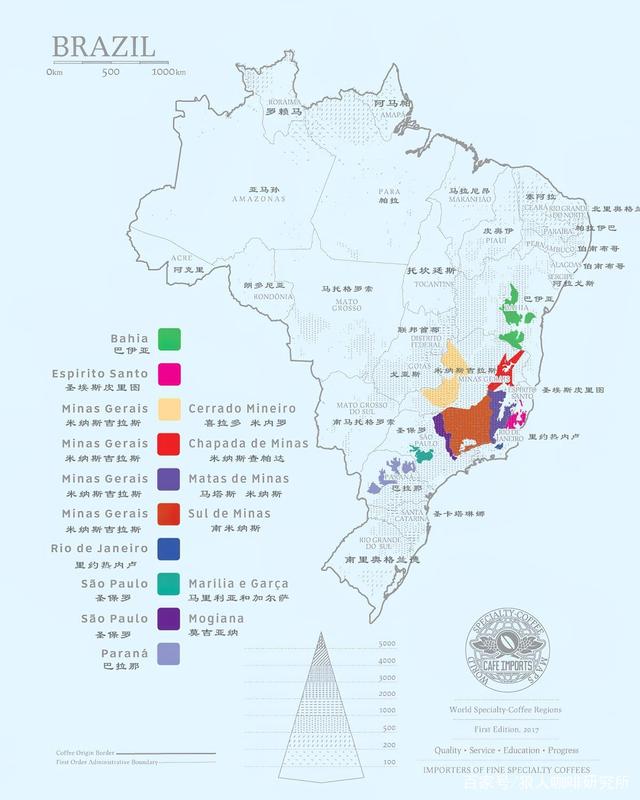
The state of Sao Paulo has the port of Santos, the largest coffee export port in Latin America, and it is also the oldest coffee producing area. Our common Santos Santos and Morgiana Mogiana are from Sao Paulo. The Morgiana producing area has rich red volcanic soil, a high altitude and a mild climate, which makes the coffee produced here of higher quality, and most of the coffee from the local manor is a boutique batch. The Brazilian Queen's Manor Coffee on the front street bean list is produced by Morgiana, using a delicate yellow bourbon variety of coffee with a mellow flavor of dark chocolate and creamy peanuts.
Front Street Coffee: Brazilian Queen's Manor Coffee beans
Producing area: Mojiana producing area, Brazil
Manor: Queen's Manor
Altitude: 1400 m-1950 m
Variety: yellow bourbon
Treatment: insolation
Flavor: chocolate, nuts, cream, peanuts, caramel
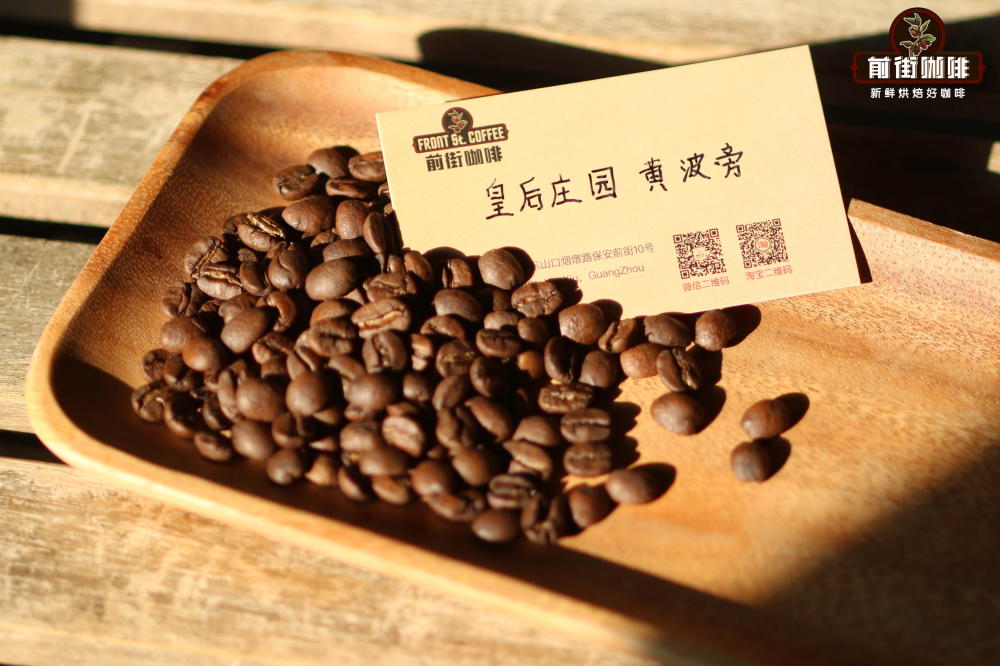
Brazil has a large output, many producing areas, classification work is very troublesome, and it is not suitable to use a single classification standard, so Brazilian coffee will have a variety of classification methods. Defective bean proportion, mesh size and cup flavor test are all used in the grading process of Brazilian coffee beans. The proportion of defective beans in 300 grams of raw bean samples will be graded and graded by deducting points. For example, the bag of Brazilian Hillado coffee raw beans bought on the front street reads "Brazil NY.2SC-17 FC Cerrado 18".
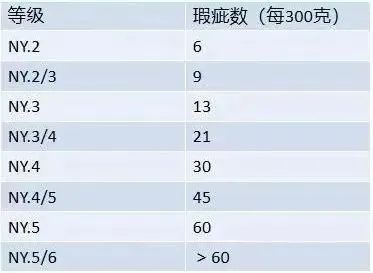
NY.2 refers to the New York classification standard, according to the proportion of defects can be divided into NY2, NY2/3, NY3, NY3/4. The smaller the number is, the lower the defect rate is, the higher the grade is, and the batches with deductions of less than 4 points belong to NY2, that is, the highest level. Since NY.1 refers to the absence of a single defective bean, such selected batches will not be in stable supply, so Brazil has set NY.2 as the highest level.
Types
Quality
NY.2
17-18 mesh FC
NY.2/3
14-16 mesh FC
NY.3/4
DD Quality
NY.4/5
14-16 mesh GC
17x18 means that the size of raw beans is 17mm 18 mesh (1 eye = 1 inch).
There is also a standard distinction between flavor and taste, and there are many different descriptions of the taste of coffee according to the cup measurement: Strictly Soft (very supple), Soft (supple), Softish (a little supple), Hard, Rioy (not palatable). SC is Strictly Soft (very supple) with the best taste. The cup flavor can be divided into Fine Cup, Good cup, Fair cup, Poor cup and Bad cup, while Fine Cup has the best flavor and the highest quality, followed by Good cup.
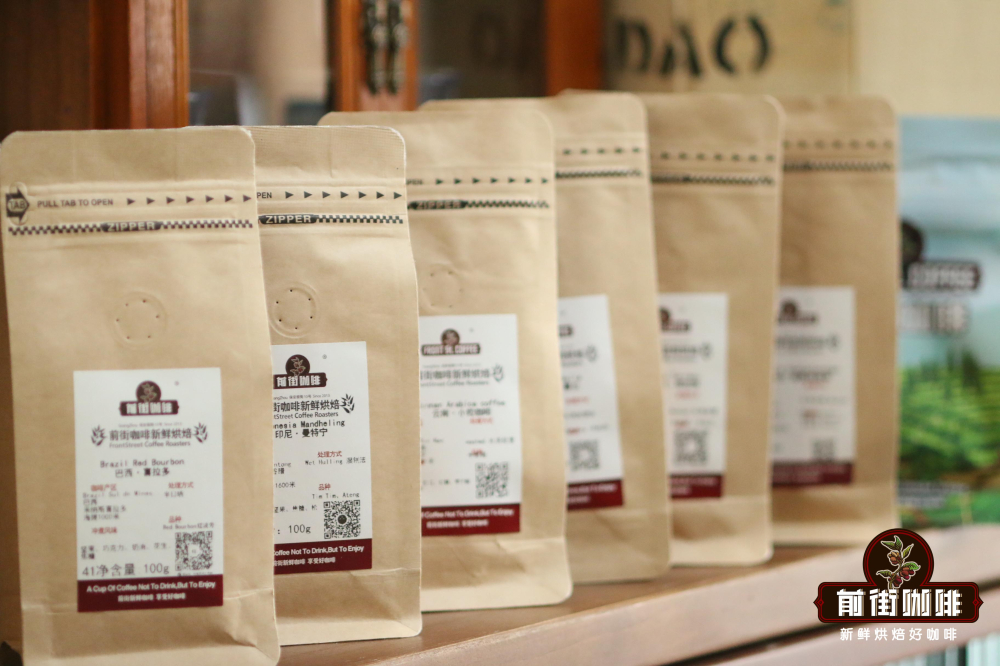
Of course, Brazilian coffee raw beans in addition to the above can understand coffee information, many high-quality coffee beans will have more traceability information, such as raw bean producing area, altitude, treatment, variety, manor information and so on.
Professional coffee knowledge exchange more coffee bean information please follow the coffee workshop (Wechat official account cafe_style)
For more boutique coffee beans, please add private Qianjie coffee on Wechat. WeChat account: qjcoffeex
Important Notice :
前街咖啡 FrontStreet Coffee has moved to new addredd:
FrontStreet Coffee Address: 315,Donghua East Road,GuangZhou
Tel:020 38364473
- Prev
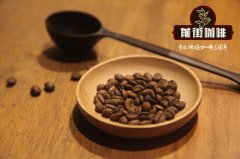
Description of flavor and taste of Arabica coffee from the main growing areas of coffee beans in Brazil
Professional coffee knowledge exchange more coffee bean information please follow the coffee workshop (Wechat official account cafe_style) front street-Brazilian coffee cultivation introduction Brazilian coffee, generally refers to the coffee produced in Brazil. There are many kinds of coffee in Brazil. Like other Arabica coffee, Brazilian coffee is called Brazils to distinguish it from Milds coffee. Brazil is in the tropics, with tropical rain forest gas in the north.
- Next

Brazilian coffee beans which brand is good Brazilian yellow bourbon coffee characteristics Nutty flavor optional
Professional coffee knowledge exchange More coffee bean information Please pay attention to coffee workshop (Weixin Official Accounts cafe_style) Front Street-Brazil Yellow Bourbon Introduction The protagonist of early autumn evening is Mr. Huang Bourbon This gentleman, brewing resistance is also intriguing, most suitable for eating slowly in the slightly cool early autumn night, a cup of warm coffee under the stomach, full of fragrance, a little nutty roast sweet,
Related
- Beginners will see the "Coffee pull flower" guide!
- What is the difference between ice blog purified milk and ordinary milk coffee?
- Why is the Philippines the largest producer of crops in Liberia?
- For coffee extraction, should the fine powder be retained?
- How does extracted espresso fill pressed powder? How much strength does it take to press the powder?
- How to make jasmine cold extract coffee? Is the jasmine + latte good?
- Will this little toy really make the coffee taste better? How does Lily Drip affect coffee extraction?
- Will the action of slapping the filter cup also affect coffee extraction?
- What's the difference between powder-to-water ratio and powder-to-liquid ratio?
- What is the Ethiopian local species? What does it have to do with Heirloom native species?

